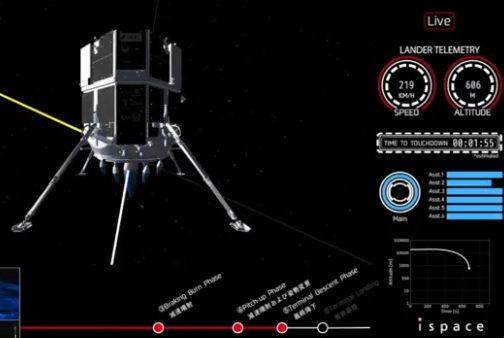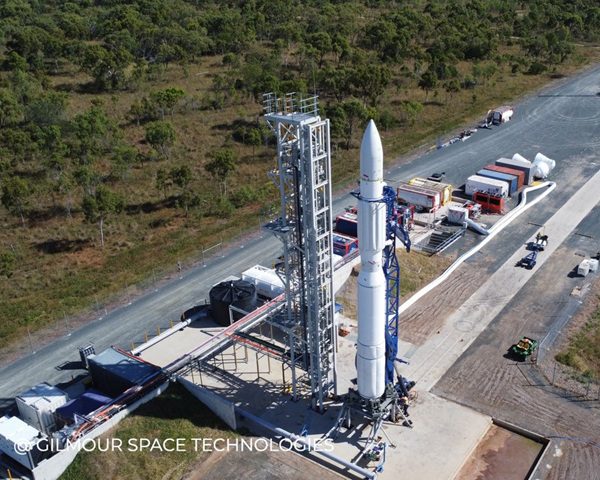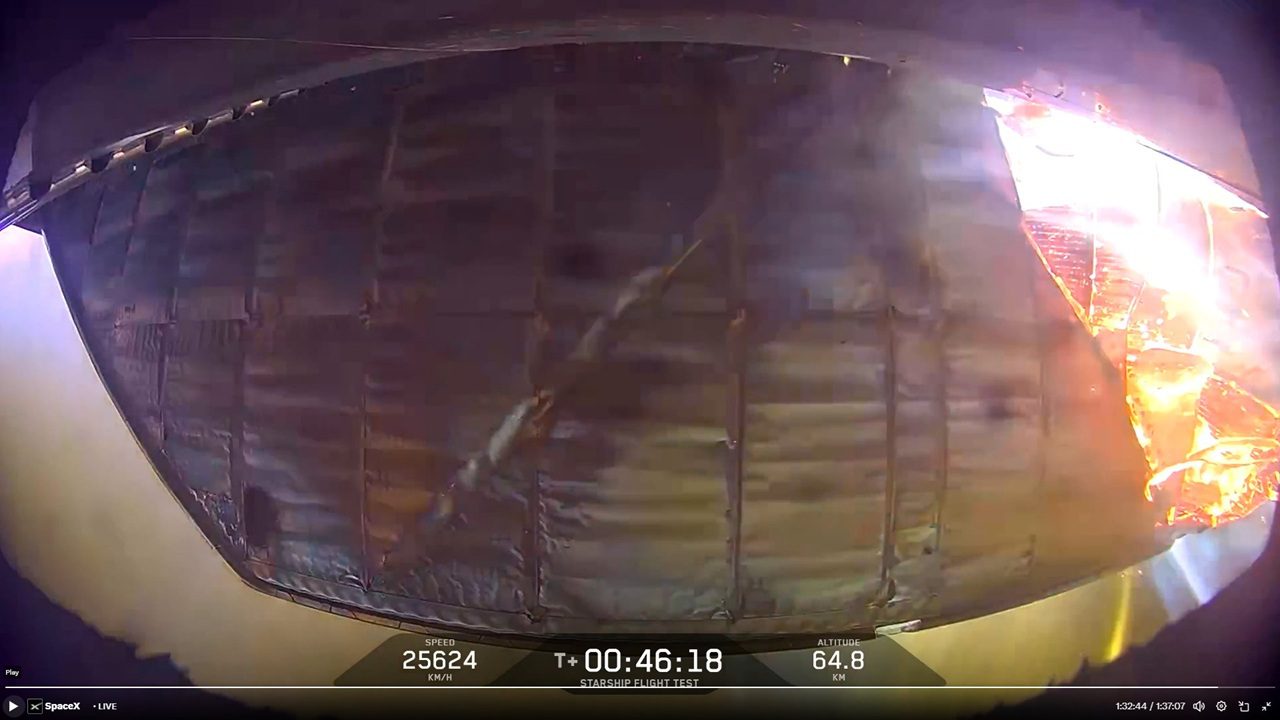The European Space Agency has set themaiden flight of its new light launcher, Vega, for 13 February -four days later than had been announced two weeks ago and perilouslyclose to the point when the flight will have to be scrubbed to makeway for a 9 March Ariane 5 launch to deliver ESA’s third AutomatedTransfer Vehicle robotic supply ship to the International SpaceStation.
ESA’s launch facility in Kourou, FrenchGuiana could handle both flights more or less simultaneously, but thetwo rockets will follow similar trajectories and thus share the sameset of ground stations, including some tracking equipment aboardships that are today in place for the Vega launch but must berepositioned before the ATV flight. Traffic to the ISS is heavy, so 9March – give or take a day for normal launch delays – is anon-negotiable slot.
If Vega cannot fly before Ariane 5, itwill get a new date in late March or April.
Historical data shows that fully 60% ofmaiden launches end in failure, but ESA is determined to take everyprecaution for a success. At this time last year, ESA had hoped tomake the Vega flight before the close of 2011, but eventually settledon 26 January 2012 – the key being to find a date in between thefirst-ever Soyuz flight from Kourou (which flew as planned on 20October) and the ATV launch on 9 March.
Vega has been nine years in the worksand will give ESA exceptional flexibility in its operations. Therocket’s sweet spot is to place a 1.5T payload into a 750km orbit,ideal for Earth observation or scientific missions. Soyuz can loft 3Tto the very high geosynchronous orbits – its first Kourou payloadwas a pair of Galileo navigation satellites. Ariane 5 is much bigger,ideal for up to 10T to geosynchronous orbits or heavy loads to theSpace Station.
More on Vega:






